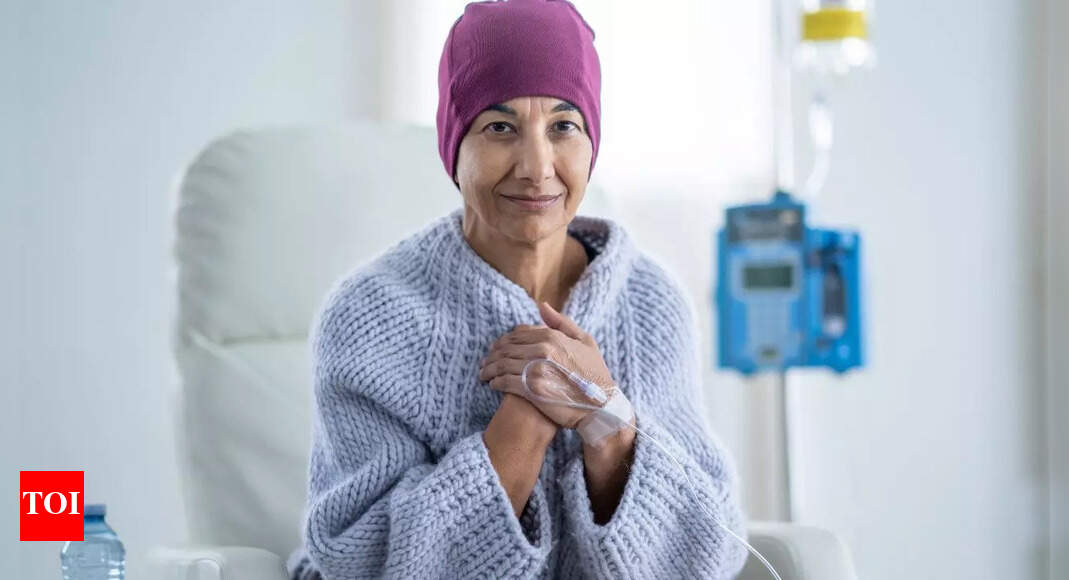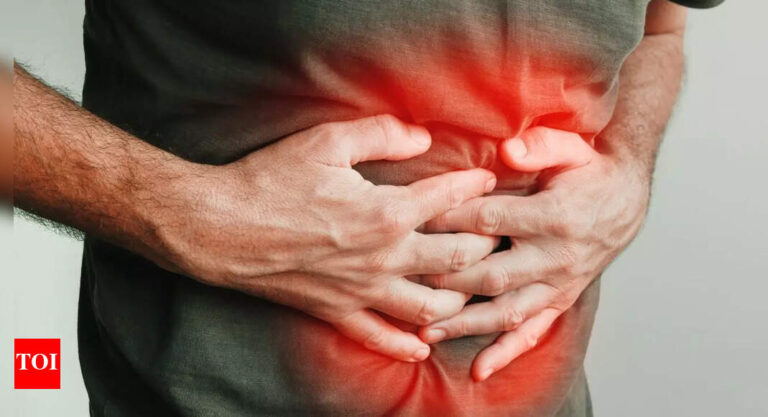
Hair loss is one of the most common and emotionally challenging side effects of chemotherapy, affecting self-esteem, identity, and social confidence. Known as chemotherapy-induced alopecia (CIA), it occurs because chemotherapy drugs, while targeting rapidly dividing cancer cells, also damage other fast-growing cells, including those in hair follicles. This disruption prevents follicles from producing new hair, leading to thinning and shedding. Hair loss can appear patchy or uniform depending on the scalp’s growth cycles and individual biology. Understanding why chemotherapy causes hair loss helps patients prepare mentally, cope with the changes, and know that hair regrowth is generally temporary.
Why does chemotherapy cause hair loss?
Damage to rapidly dividing hair follicle cells
Chemotherapy drugs are designed to target cells that divide rapidly, a hallmark of cancer cells. Hair follicles, particularly during the anagen (growth) phase, are also highly active, producing new hair continuously. A study published in ScienceDirect reviewed how chemotherapy drugs induce apoptosis (programmed cell death) in hair follicle cells, particularly during the anagen (growth) phase. It discusses the cellular pathways involved and potential strategies for mitigating hair loss.
When these rapidly dividing follicle cells are exposed to chemotherapy, their normal function is disrupted. Cells may stop dividing or undergo apoptosis, a programmed cell death process, which prevents hair from growing. This is why patients notice hair thinning and shedding shortly after treatment begins.Hair follicles across the scalp are not synchronized; some are actively growing while others are resting. This difference explains why hair may fall out unevenly, with patchy thinning or more uniform loss depending on the individual.
Disruption of the hair growth cycle
Hair growth follows a natural cycle: anagen (growth), catagen (regression), and telogen (resting). Chemotherapy can abruptly push follicles from the anagen phase into catagen or telogen prematurely, causing sudden hair shedding.Some chemotherapy drugs, like taxanes and anthracyclines, have a stronger effect on hair follicles, damaging both the growing cells and sometimes the stem cells responsible for regeneration. This can temporarily halt new hair production and accelerate hair loss.The timing of hair loss is predictable in most cases: initial thinning may occur within one to two weeks of treatment, and significant hair loss is usually seen within two to three months. Understanding this cycle helps patients anticipate when shedding will occur and prepares them for the emotional impact.
Blood flow and chemotherapy exposure
Chemotherapy drugs circulate through the bloodstream, reaching hair follicles and exposing them to cytotoxic effects. Areas of the scalp with higher blood flow, such as the top and sides, often experience hair loss first.Because chemotherapy cannot distinguish between tumor cells and healthy follicle cells, these actively growing follicles are particularly vulnerable. The higher the concentration of the drug in the scalp tissue, the greater the likelihood of follicle damage and hair shedding. This explains why hair loss is almost inevitable in patients receiving standard doses of chemotherapy.
Oxidative stress and inflammation
In addition to direct cellular damage, chemotherapy triggers oxidative stress, an imbalance between free radicals (reactive oxygen species) and the body’s ability to neutralize them. The scalp, already rich in blood vessels and metabolically active follicles, becomes susceptible to oxidative damage.Chemotherapy also promotes local inflammation, which further compromises follicle health. Together, oxidative stress and inflammation amplify hair loss, sometimes affecting not only scalp hair but also eyelashes, eyebrows, and body hair. This explains why hair regrowth can initially differ in texture or thickness, as follicles recover from chemical stress.
Genetic susceptibility and individual differences
Not all patients experience hair loss to the same degree. Genetics play a role in determining follicle sensitivity to chemotherapy. Some individuals have hair follicles that are more resilient, while others are more vulnerable.Other factors such as age, hormonal balance, hair thickness, and nutritional status also affect the severity of hair loss. For example, younger patients or those with finer hair may notice more rapid shedding. Understanding that individual biology influences hair loss can help manage expectations and provide reassurance that variability is normal.
Hair regrowth after chemotherapy
While hair loss is a distressing side effect, the good news is that it is usually temporary. Most patients begin to see hair regrowth within one to three months after the completion of chemotherapy.Initial regrowth may differ in color, thickness, or texture, a phenomenon sometimes referred to as “chemo curls.” Over time, hair generally returns to its pre-treatment appearance, signaling that the follicles have recovered. Although patients may find the hair regrowth process gradual, it is an important marker of recovery and resilience.Hair holds cultural, social, and personal significance. Losing it can feel like losing a part of one’s identity. Many patients choose to use wigs, scarves, or hats to cope with hair loss, while others may find support through counseling or patient communities. Understanding the biological reasons behind hair loss, along with knowing that hair will eventually grow back, can help patients feel more in control during chemotherapy. Being prepared mentally for this visible side effect can reduce anxiety and improve the overall treatment experience.Disclaimer: This article is for general informational purposes only and is not a substitute for professional medical advice, diagnosis, or treatment. Always seek the guidance of a qualified healthcare provider regarding any medical condition or lifestyle change.Also Read: Too much sugar is quietly harming your cholesterol: Understanding its effects on LDL, HDL, and heart health








